Workplace safety is more than just a regulatory requirement—it’s about safeguarding the lives and well-being of those who dedicate their time and effort to an organization. Every day, thousands of workers face the risk of accidents that could change their lives forever. Statistics reveal that workplace accidents, some of which result in severe injuries or even fatalities, continue to be a global issue.
In the UK alone, the education sector reported several deaths and thousands of injuries over the past few years, showing that no industry is immune. Behind each statistic is a person, a family, and a community impacted by these tragic events. Employers must take proactive steps to ensure that every employee feels safe, valued, and protected.
By implementing comprehensive safety measures, continuous training, and a culture of awareness, businesses can reduce these heartbreaking incidents and create a safer, more supportive environment for all.
How Can Employers Ensure Workplace Safety?
Workplace safety is a crucial responsibility for employers to ensure that their employees are working in an environment that minimizes the risk of accidents, injuries, and health-related issues. A safe workplace not only improves productivity but also boosts morale and reduces costs related to accidents and workers’ compensation. Employers must take proactive measures in various areas to ensure comprehensive workplace safety.
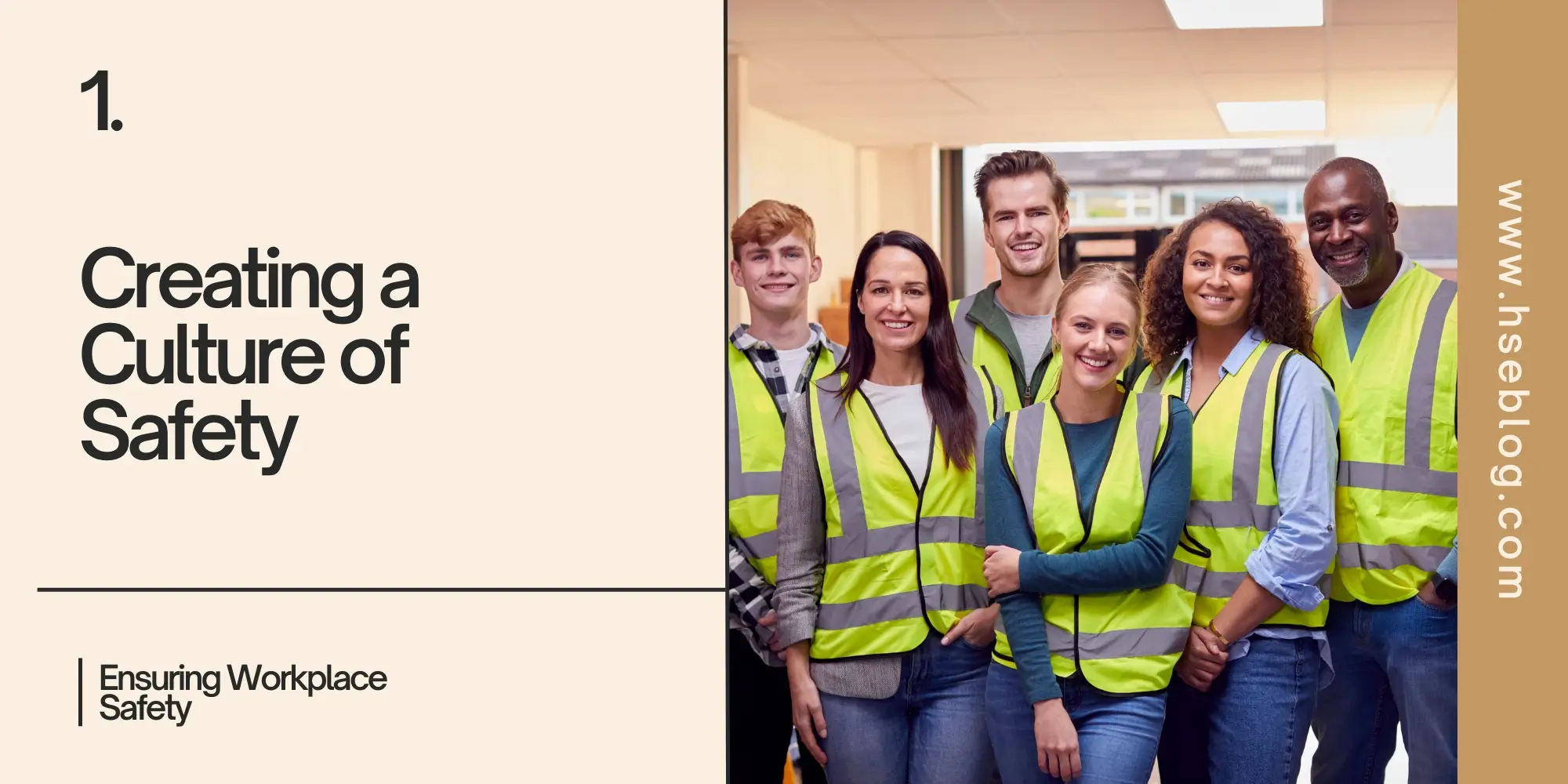
1. Creating a Culture of Safety
One of the most effective ways to ensure workplace safety is by fostering a culture that prioritizes safety. This culture should be embedded in every aspect of the organization, where safety practices become second nature for both management and employees. According to research, creating an environment that encourages safe behaviour significantly reduces accidents and injuries.
To build a culture of safety, employers should:
- Promote open communication about safety issues.
- Involve employees in safety discussions and decision-making.
- Reward and recognize safe behaviour.
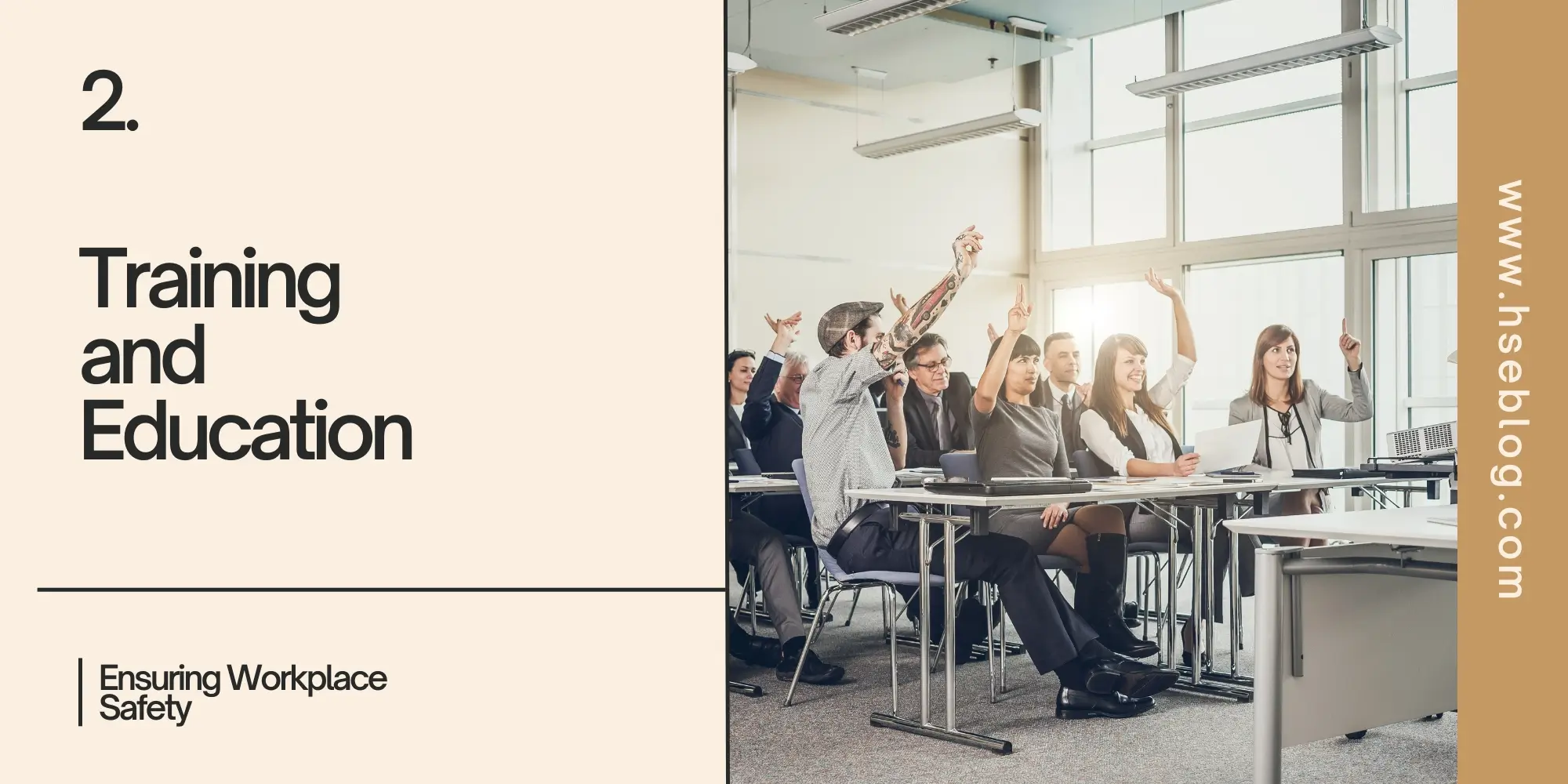
2. Training and Education
Training employees on workplace safety is critical in helping them recognize potential hazards and the steps needed to avoid them. Employers should implement continuous training programs, which include the following:
- Health and Safety Training: Employees must be educated on the company’s safety policies and procedures. This training should focus on hazard identification, proper use of safety equipment, emergency procedures, and injury prevention.
- Specialized Training: Depending on the industry, employees may need specific training on how to handle hazardous materials, machinery, or tasks.
Continuous learning through refresher courses and periodic safety drills can also help ensure employees remain vigilant.
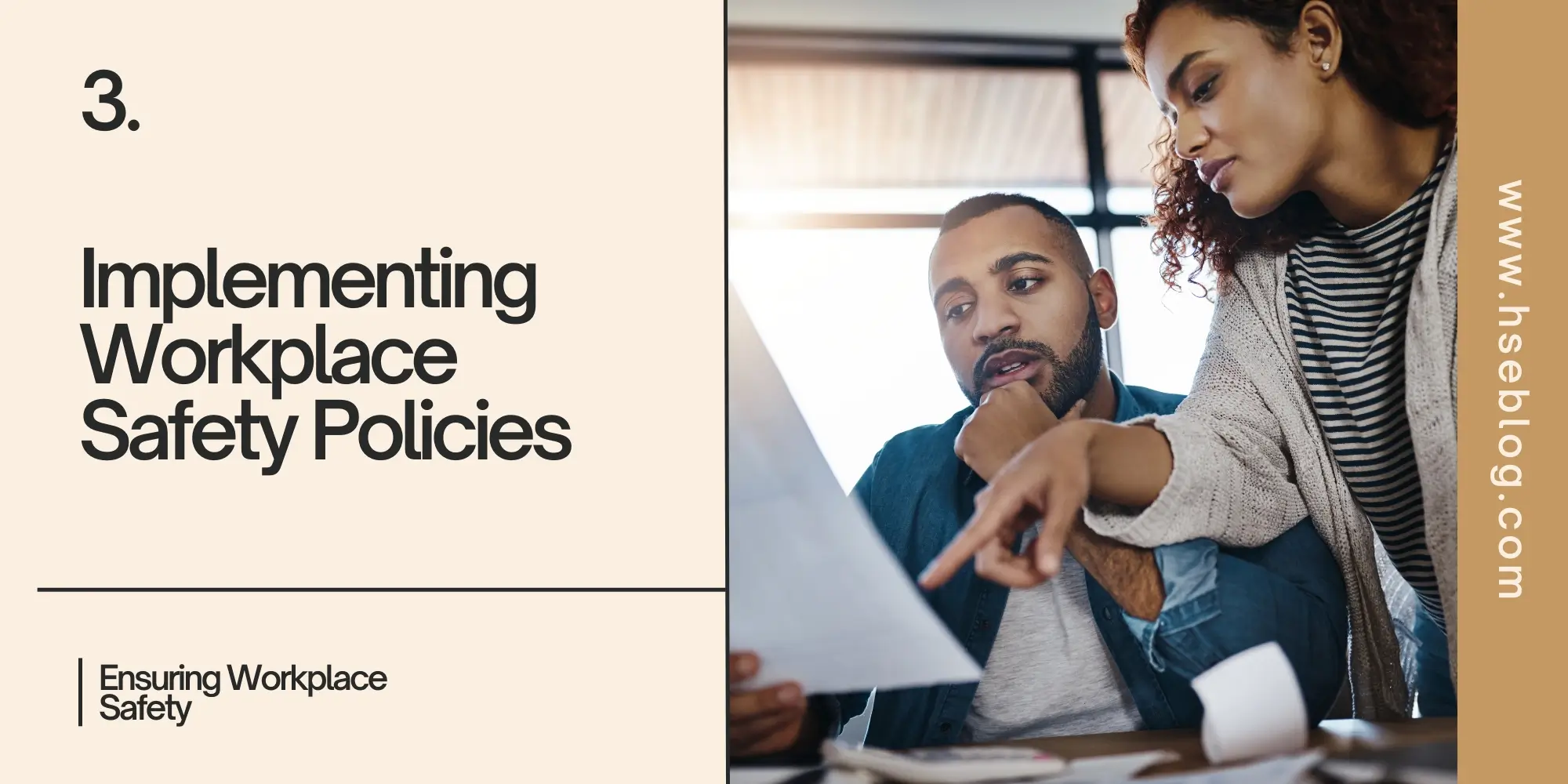
3. Implementing Workplace Safety Policies
Establishing and enforcing clear workplace safety policies is another vital component of ensuring a safe working environment. Employers should create comprehensive safety guidelines that cover:
- Emergency Preparedness: This includes fire drills, evacuation plans, and first aid procedures.
- Hazard Communication: Employees should be informed about the materials and equipment that may pose risks to their safety. In industries involving chemicals or dangerous machinery, ensuring compliance with “right-to-know” legislation is essential.
- Incident Reporting: Clear protocols for reporting accidents, injuries, and near-misses should be established so that the root causes can be identified and addressed to prevent future incidents.
Employers are also required to comply with national safety regulations such as the Occupational Safety and Health Administration (OSHA) standards in the United States or equivalent bodies in other countries. Adhering to these regulations is fundamental to maintaining workplace safety.
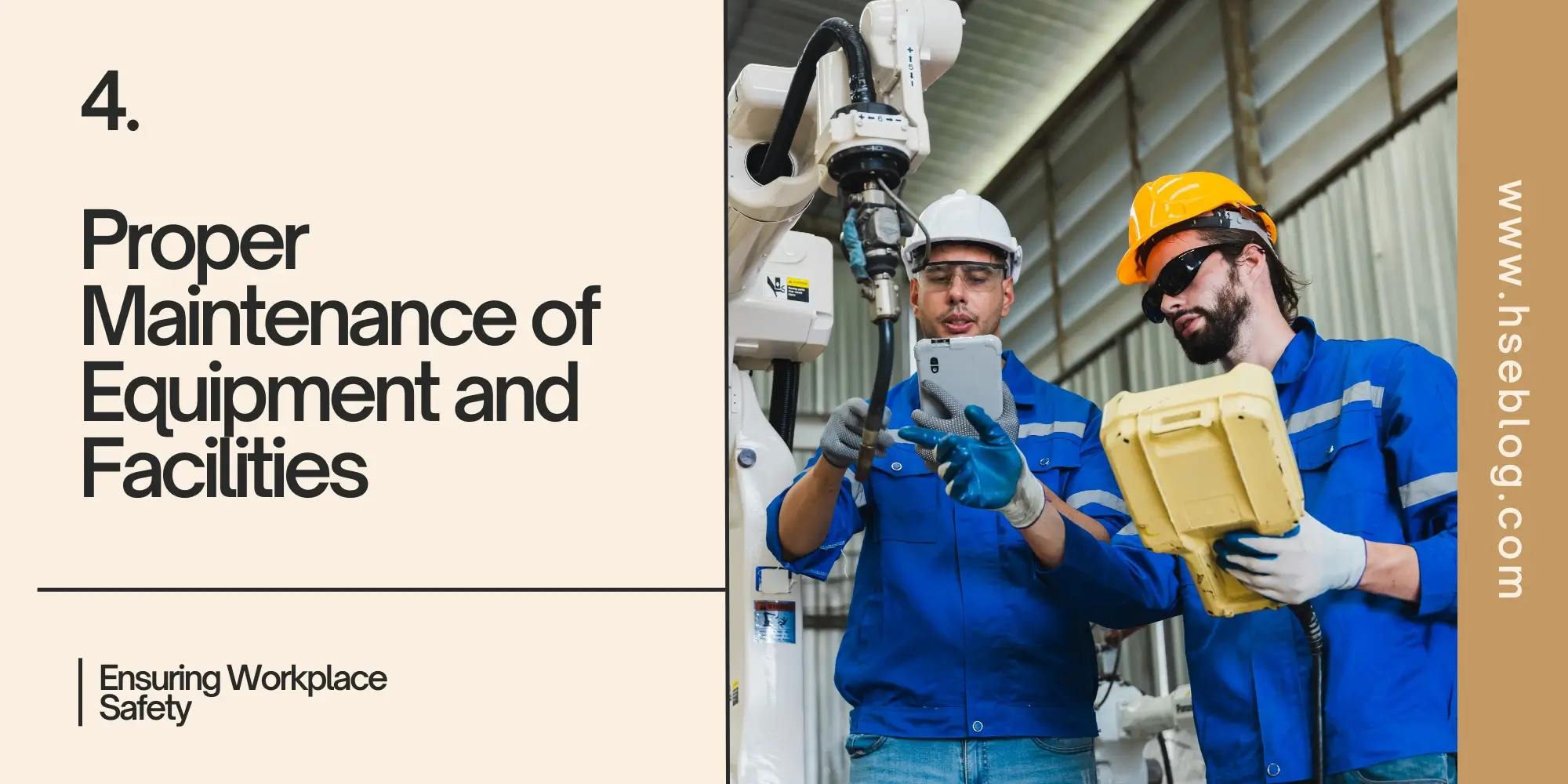
4. Proper Maintenance of Equipment and Facilities
Employers must ensure that all workplace equipment is well-maintained and regularly inspected. Faulty or malfunctioning equipment is one of the leading causes of workplace accidents. Maintenance should include:
- Routine checks of machinery to identify and repair defects.
- Ensuring that tools and equipment are in good working condition.
- Monitoring the workplace for potential hazards, such as exposed wires, slippery floors, and inadequate ventilation.
It is also essential to provide proper personal protective equipment (PPE) for employees in jobs that require it. PPE includes items like gloves, helmets, protective eyewear, and respirators. Regular inspections of PPE should also be conducted to ensure it is in good condition.

5. Employee Involvement and Responsibility
Employers should encourage employees to take an active role in workplace safety. The concept of shared responsibility, where both employers and employees are accountable for safety, has proven to be highly effective. Employees should be taught to:
- Identify potential hazards and report them immediately.
- Follow safety guidelines and use equipment properly.
- Participate in safety committees or programs.
Employees must also understand their duty to protect not only their safety but the safety of their colleagues. This means following procedures, adhering to safety rules, and being mindful of their actions in the workplace.
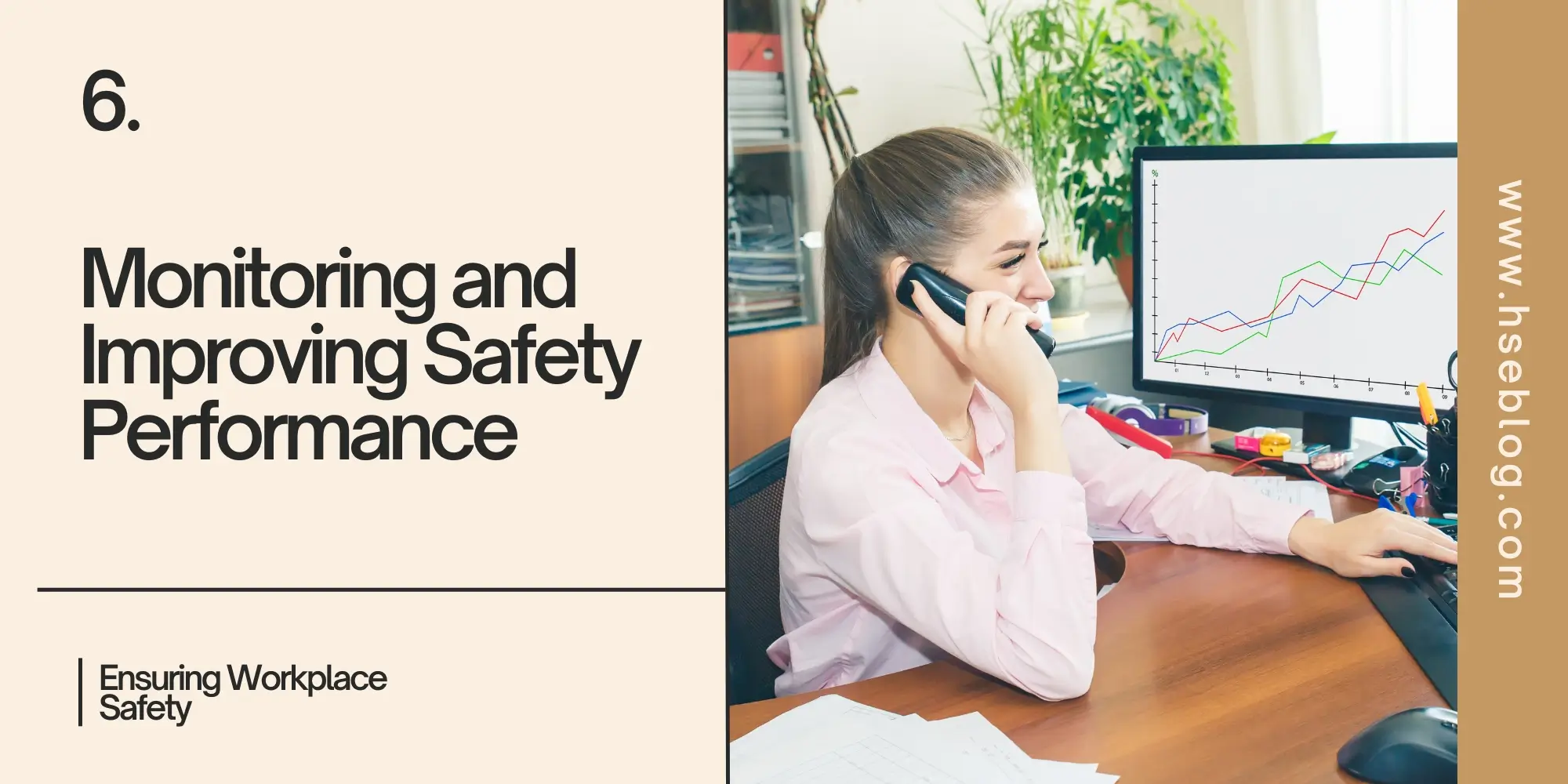
6. Monitoring and Improving Safety Performance
Employers should implement systems to monitor and evaluate workplace safety continuously. This can include:
- Regular safety audits and inspections.
- Analyzing accident and injury reports to identify trends and areas for improvement.
- Setting safety performance targets and benchmarks.
These measures can help identify weaknesses in the current safety system and develop strategies for improvement. Continual monitoring allows for the early detection of potential hazards, thereby reducing the likelihood of accidents.

7. Mental and Physical Health Considerations
Workplace safety also extends to employees’ mental and physical well-being. Stress, fatigue, and overexertion can lead to accidents and injuries. Employers can support their employees by:
- Encouraging work-life balance.
- Providing mental health resources such as counselling services.
- Ensuring that workloads are manageable and employees are not overworked.
Physical health promotion, such as wellness programs that encourage healthy habits like exercise and proper nutrition, can also reduce health-related incidents.

8. Legal Compliance and Liability
Employers must stay updated on the latest legal requirements regarding workplace safety. National and local regulations, such as the Safety, Health, and Welfare at Work Act of 2005 (in Ireland) or the Pakistan Occupational Health and Safety Act 2018, mandate specific safety measures that businesses must comply with to protect their workers. Failure to comply can result in legal penalties, fines, and damage to the company’s reputation.
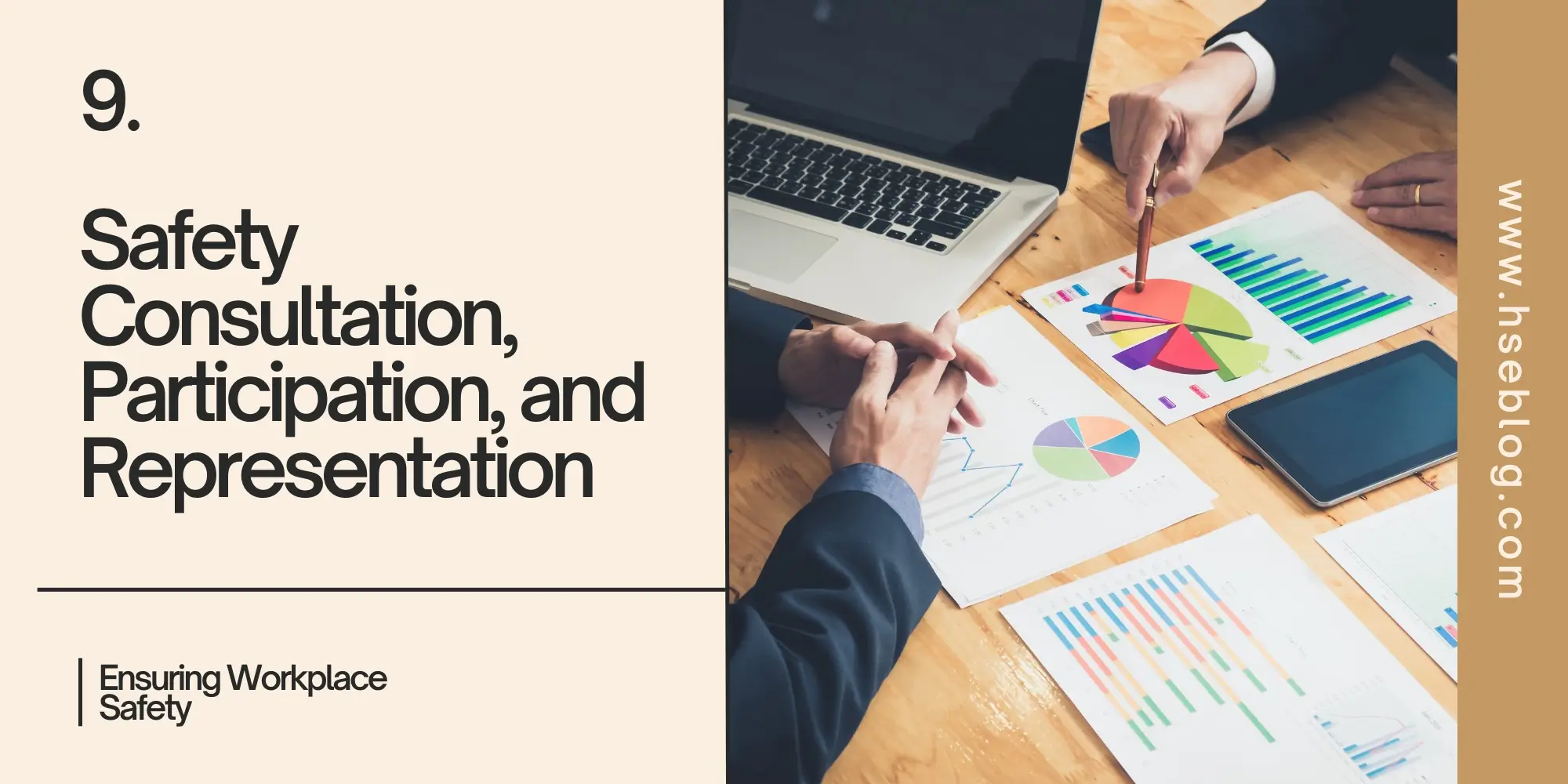
9. Safety Consultation, Participation, and Representation
Effective workplace safety management involves the active participation of both employers and employees. Participation by employees promotes risk control and creates a sense of ownership in safety policies. Organizations should actively involve employees in every aspect of safety management through consultations and safety committees. This collaboration ensures workers are informed and empowered to tackle safety risks proactively. Workers should have safety representatives to ensure their voices are heard in decision-making processes regarding workplace safety.
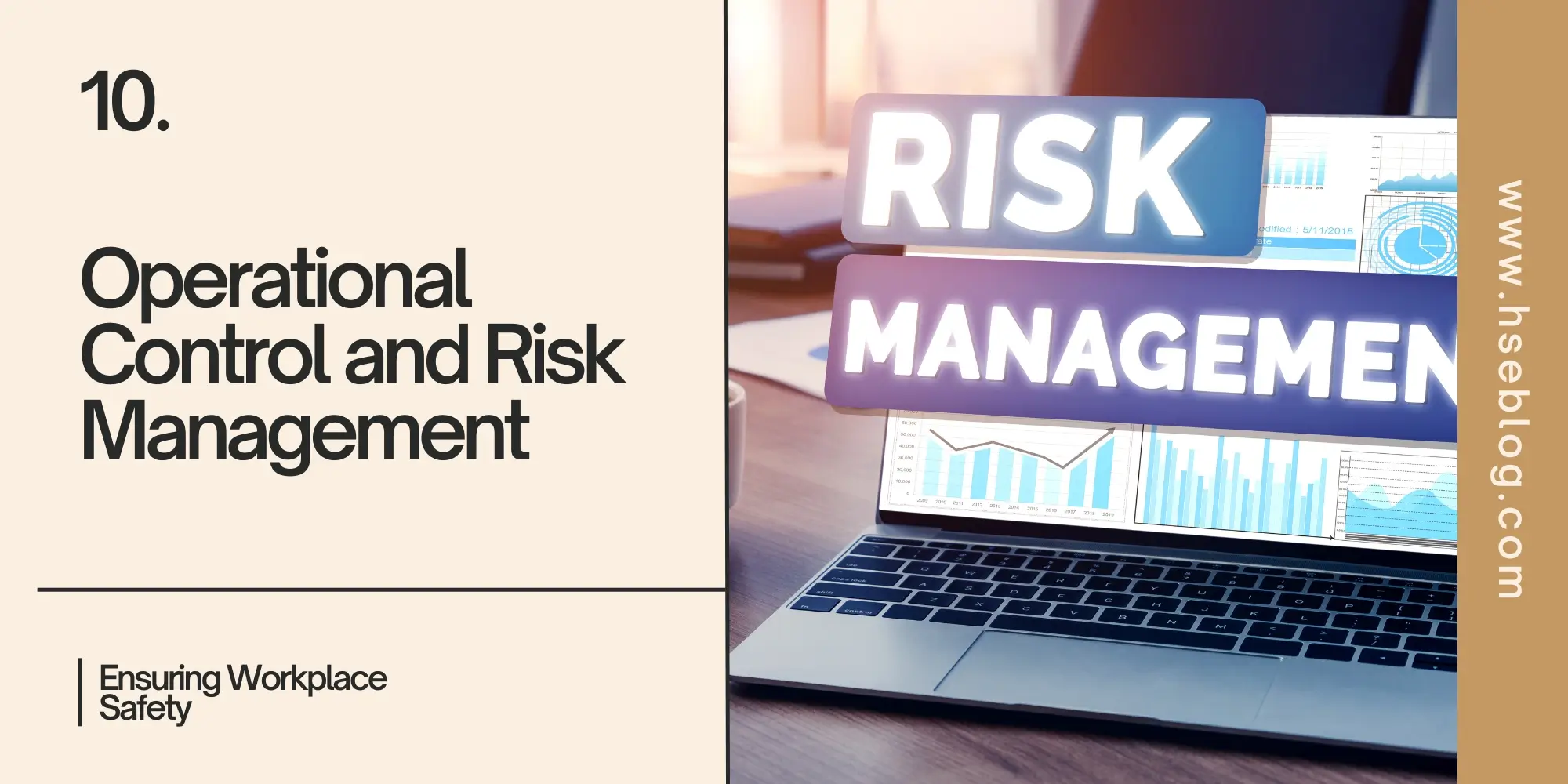
10. Operational Control and Risk Management
Implementing operational controls is crucial for preventing workplace injuries and ill-health. These controls should be present at every stage of business activity, including designing and maintaining machine guards, and ventilation systems, and creating safety instructions for hazardous tasks.
Employers need to ensure that workplace precautions match the hazards identified in the workplace. This includes conducting regular risk assessments and establishing robust risk control measures. Organizations should also have specific controls for contractors, hazardous material management, and emergency preparedness.
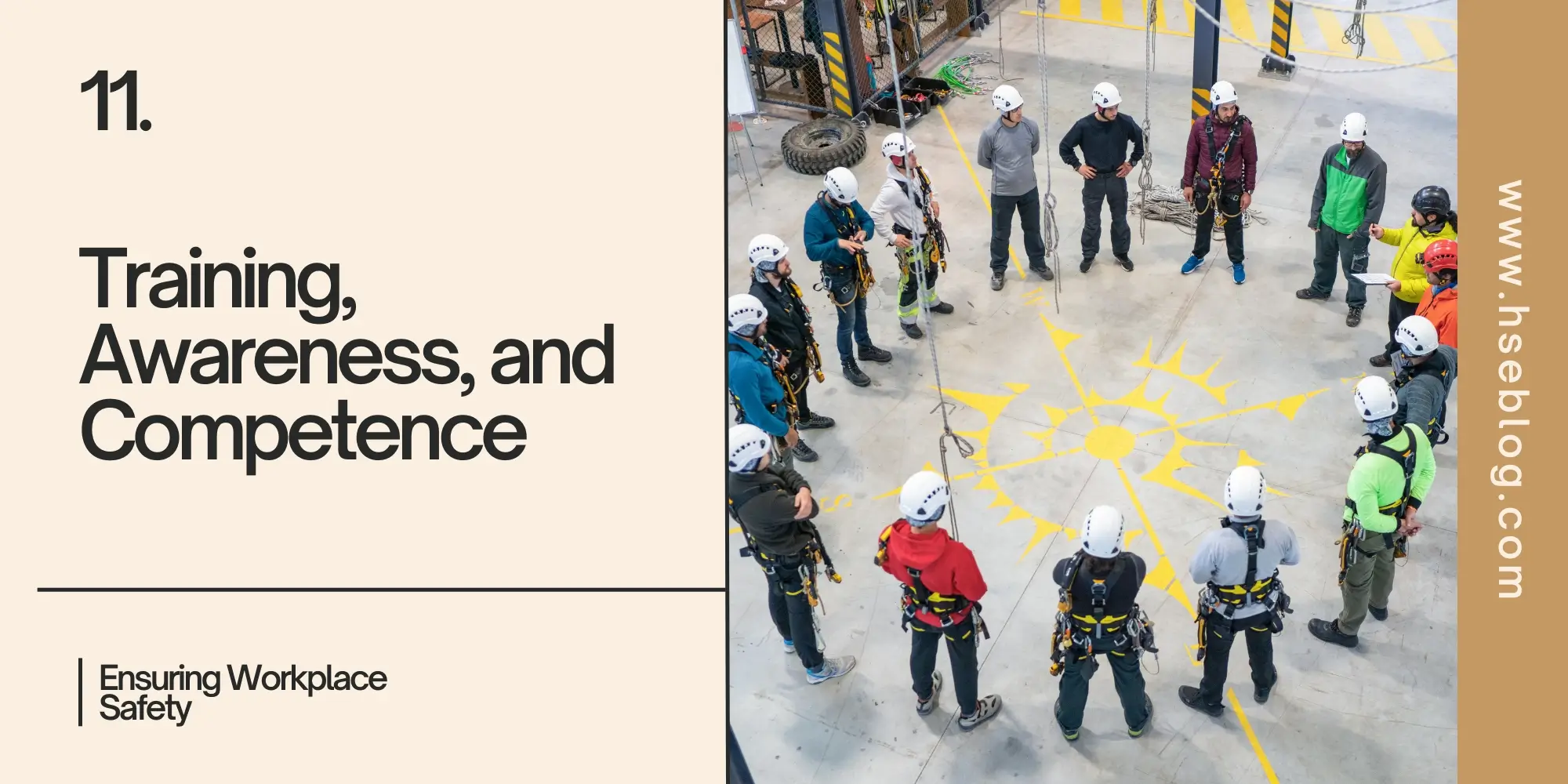
11. Training, Awareness, and Competence
Comprehensive safety training is vital for both new employees and existing staff to ensure they understand and can apply safety measures. Safety training should not only focus on technical skills but also instil a safety-first attitude. The training process should also include refresher courses, ensuring employees stay updated with any changes in safety protocols. Workers must be trained to recognize hazards, understand the safe operation of machinery, and be competent in managing safety responsibilities.
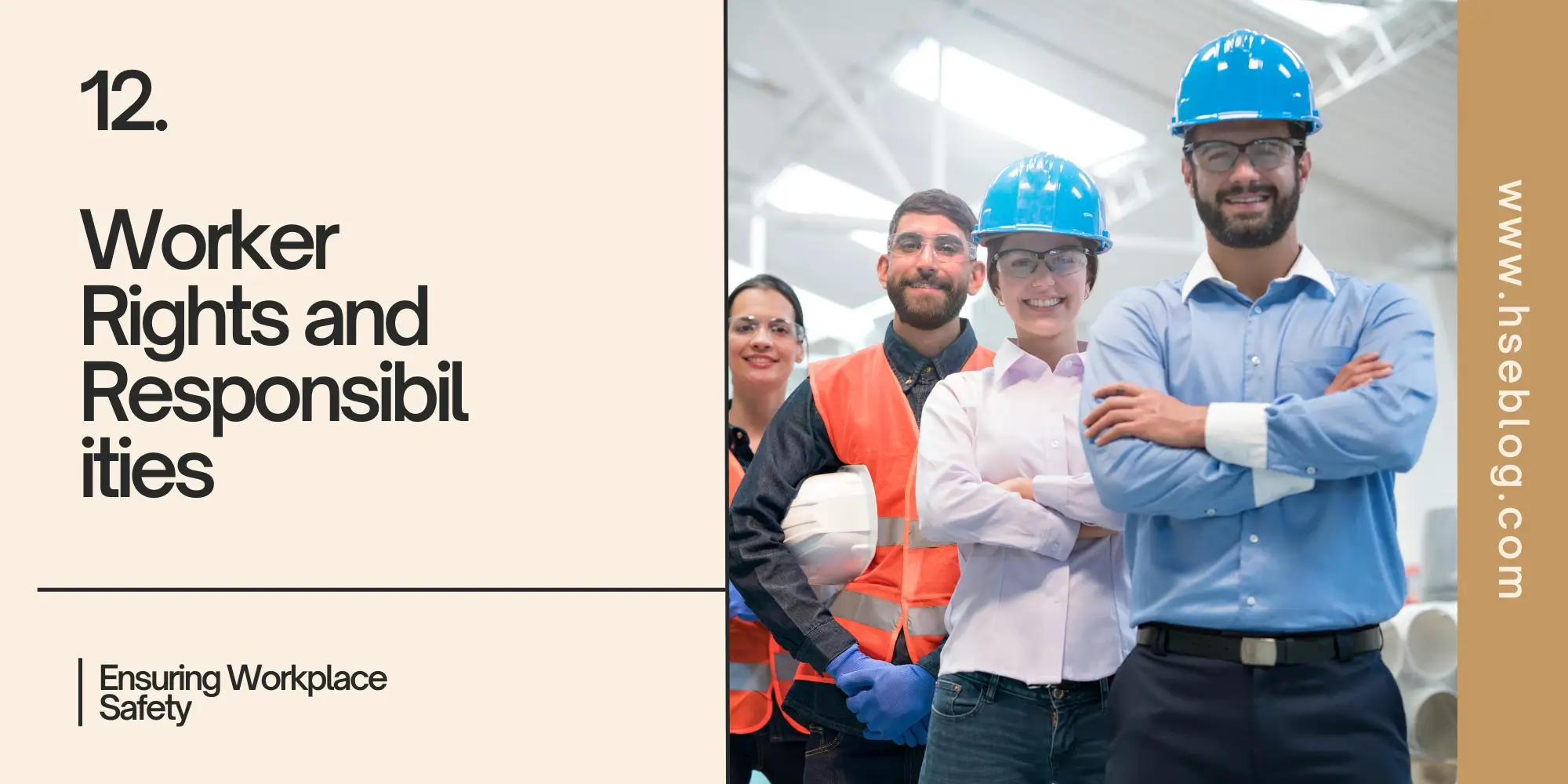
12. Worker Rights and Responsibilities
Employees have both rights and responsibilities regarding workplace safety. They have the right to know about workplace hazards and participate in safety programs, including reporting unsafe conditions without fear of retribution. Workers also hold the responsibility to use safety equipment properly, report accidents, and follow the established safety protocols. Encouraging workers to actively take part in safety initiatives and report hazards creates a safer environment and promotes a shared responsibility for workplace safety.
In conclusion, ensuring workplace safety is not only a legal obligation but also a moral duty that employers must uphold to protect their employees. By fostering a culture of safety, conducting regular risk assessments, providing ongoing training, and actively involving employees in safety protocols, organizations can significantly reduce the risk of accidents and injuries.
The impact of workplace accidents extends beyond the physical—it affects families, communities, and the overall well-being of the workforce. A proactive, compassionate approach to safety not only prevents tragic outcomes but also strengthens employee trust, morale, and productivity, ultimately benefiting both the workers and the organization as a whole.

